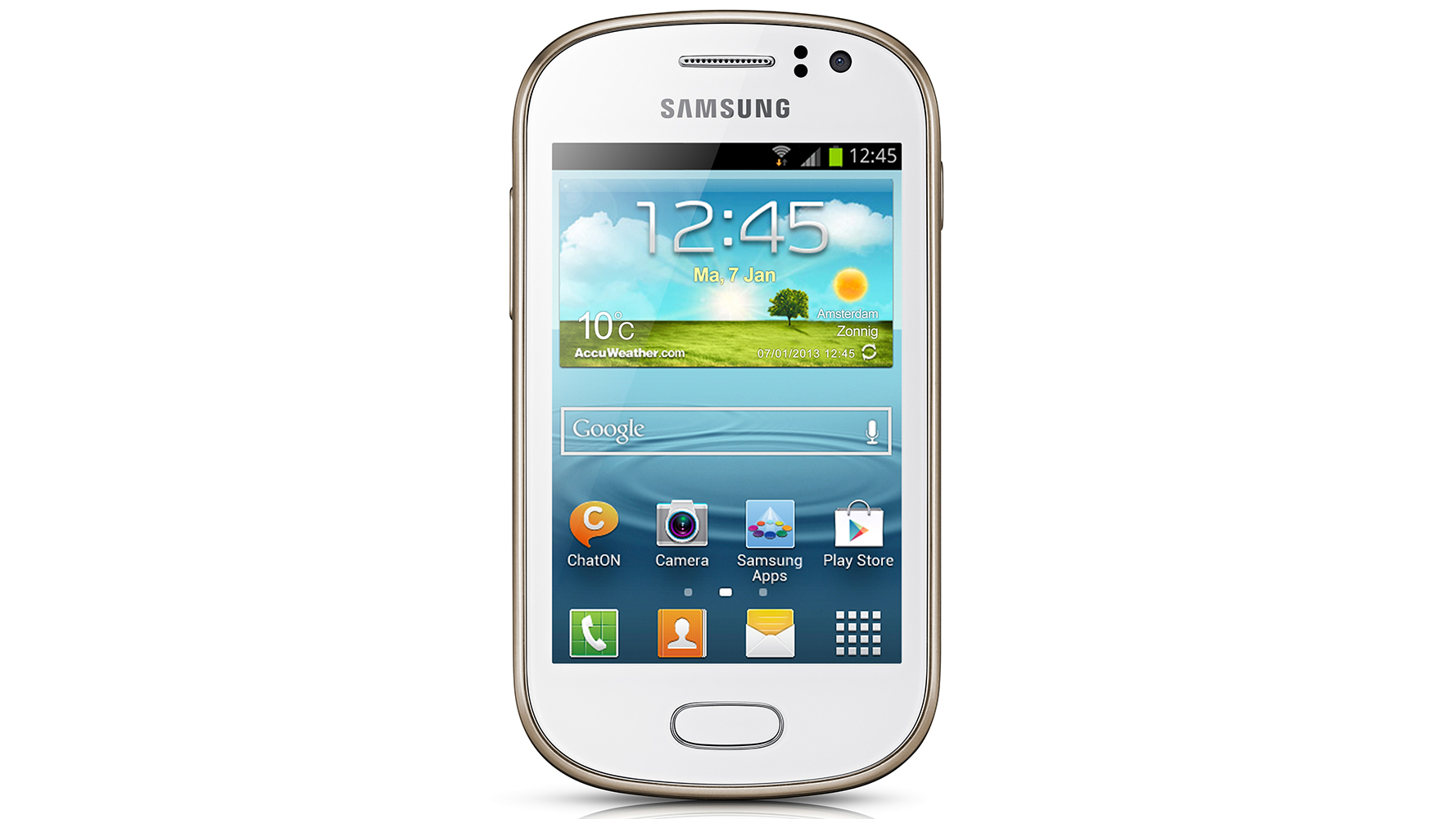Why you can trust TechRadar

Samsung's tweaks extend into the Contacts and Phone apps. This is neither a good nor a bad thing. The intuitive ability to phone or message contacts by side-swiping directly from the contacts list is a big bonus.
Contacts
The Contacts app is little more than a very plain list of contacts. It's by no means an attractive app, but it certainly is very functional.
Android has the ability to pull in all your contacts from a variety of different social accounts.
The two main ones we foresee being of interest - Facebook and Google - are both there, with Samsung continually omitting Twitter. Thankfully, downloading the app from the Play Store resolves this issue.
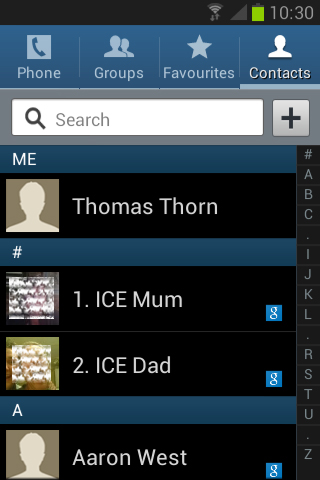
Each contact is adorned with a profile picture, taken from either the Google assigned one or their Facebook profile picture. The contact list also shows you which accounts are linked to each contact.
Opening up the contact provides that person's details. A tiny low-res picture sits to the left, leaving a massive gap on the right.
This is very disappointing, since the gap is left solely for Google+ updates (for those who have Google+ contacts).
This area could be far better used for Facebook or Twitter updates, or a higher resolution image.
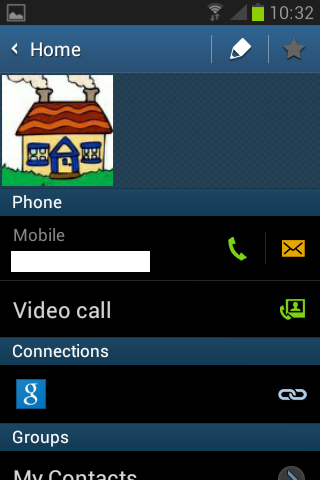
Unfortunately, Samsung's TouchWiz interface has suffered in comparison to other handsets, notably HTC's offerings, since there is very little social integration within the contacts app.
As we mentioned, there are no social updates other than from Google+ (we actually had to think of conversation starters), and merging contacts from multiple accounts had so be done manually.
We could, and have, bemoaned Samsung's contact list for being a bit poorer than other offerings. In reality, it is little more than a very functional app based on the fantastic stock Android offering.
This means that your list of contacts can be sorted into groups, have favourites or widgets, or go so far as assigning different contacts their own individual ringtone and vibration pattern.
Calling
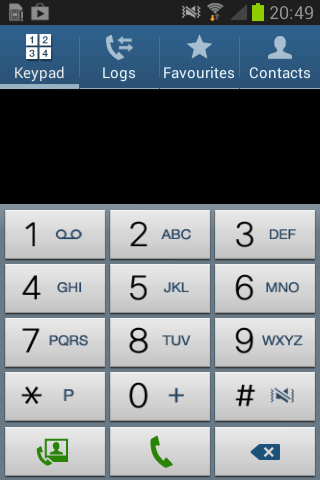
In order to keep its title as a smartphone, the Samsung Galaxy Fame needs to make phone calls.
Thankfully, unlike higher-level processors and better cameras, this is a feature that Samsung hasn't omitted to keep costs down.
Call quality was as we expected - nothing mind-blowing, but perfectly reasonable.
With no second microphone to speak of, there was no super fancy noise reduction, but that wasn't a hindrance, because all of our contacts were able to hear us well, except in very windy conditions, or with a lot of traffic nearby.
Calling options are also out in force, with the ability to make a second call, access the keypad, put the call on speaker or mute, transfer the call to a bluetooth headset, or end the call all together.
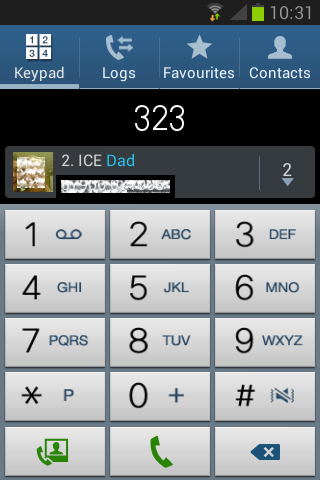
Nothing special there, but we are still glad to see them.
Samsung's biggest winner here is the set of post-calling options. All too often we have made a call and then forgotten to mention something, or have said "I'll text you the details".
The Koreans must have known this, because for a second after the call has ended, there are quick buttons to recall, video call or text that contact. It may be a small feature, but Samsung phones really benefit from it.
Within the Phone app, a large white T9 dialler greets you. Continuing Samsung's functional theme, there is very little to say about the looks.
Thankfully, smart dialling is on offer - typing 323 bringing up both Dad, as well as any contacts with 323 within the phone number.

While many people would consider it a staple of the smartphone diet, its inclusion on the Samsung Galaxy Fame is well received given that it doesn't appear on iOS or Windows handsets such as the Nokia Lumia 520.
With the inclusion of a front-facing camera, the Samsung Galaxy Fame is also able to support video calls.
These can be made normally, although we'd suggest that the majority of conversations will take place over apps such as Skype.
